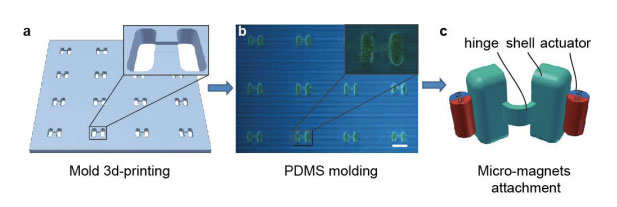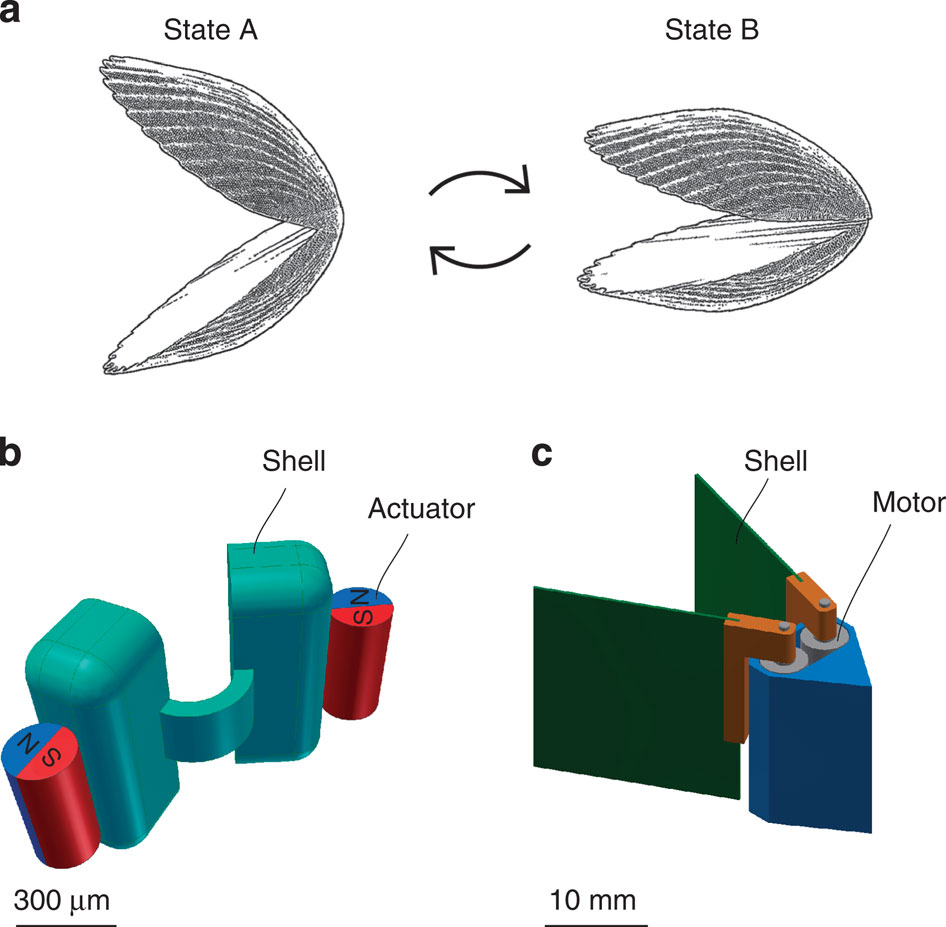Chances are that the last time you thought about all of the possible applications of 3D printing, you did not include a “microswimmer that moves with reciprocal periodic body-shape changes in non-Newtonian fluids”. Well, you may have missed out because a team of scientists working with top notch institutions – including the Max Plank Institute for Intelligent Systems, the Institute of Bioengineering, Ecole Polytechnique Fédérale de Lausanne (EPFL) and the Faculty of Chemical Engineering at Technion Israel Institute of Technology – have and the results of their research could help shape the future of biomedical devices.
If you’re like me, you did not think of this possible application because you have no idea what a microswimmer is, nor what non-Newtonian fluids are. In fact, without thinking about it for a while, I did not even know what “moving with reciprocal body changes” meant. If you want to go into more depth about these complex terms, you can find all of the detailed information on this study, titled “Swimming by reciprocal motion at low Reynolds number”, via its original publication, Nature Communications.
The biggest takeaway, though, is that this study required the manufacturing of a microscopic “clam” like structure, which could move like a clam in fluid environments, powered by rare earth=based magnets and their reaction to a magnetic field. The study revolved around the “Scallop theorem”, which states that that, to achieve propulsion at a low Reynolds number in Newtonian fluids a swimmer must deform in a way that is not invariant under time-reversal (thanks Wikipedia). The scientists’ goal was to observe and analyze how a microswimmer would propel itself in more mathematically complex, non-Newtonian fluids, which constitute the majority of biomedicaly relevant fluids.
What we at 3DPI are particularly interested in is the way that this model was manufactured. To make a microswimming structure that would satisfy the study’s requirements in terms of size, detail and materials, the scientists turned to Stratasys’ PolyJet technology. They used an Objet 260 Connex system to make a 3D printed mold. The hinge for the clam-shaped swimming devices needed to be both very narrow (200 μm) and very thin (60 μm), to decrease the elastic forces against the magnetic force, while the two shells could be as thick as 300 μm, to avoid deformation during their actual movement.
The negative for the micro-scallop mold was printed using Stratasys’ RGD 525 high-temperature resistant material (which has a heat deflection temperature as high as 75° to 80° C). The mold was then filled with a prepared PDMS solution, degassed and cured, before two neodymium micro-magnets were attached to it. The resulting artificial clam (which you can see as a 3D model in figure b of the image below) is certainly not as intricate or amazing looking as Neri Oxman’s latest PolyJet creations, and, yet, it could hold the key to a new generation of biomedical microdevices that can be used to deliver drugs and propel through a very simple (so to speak) scheme.




